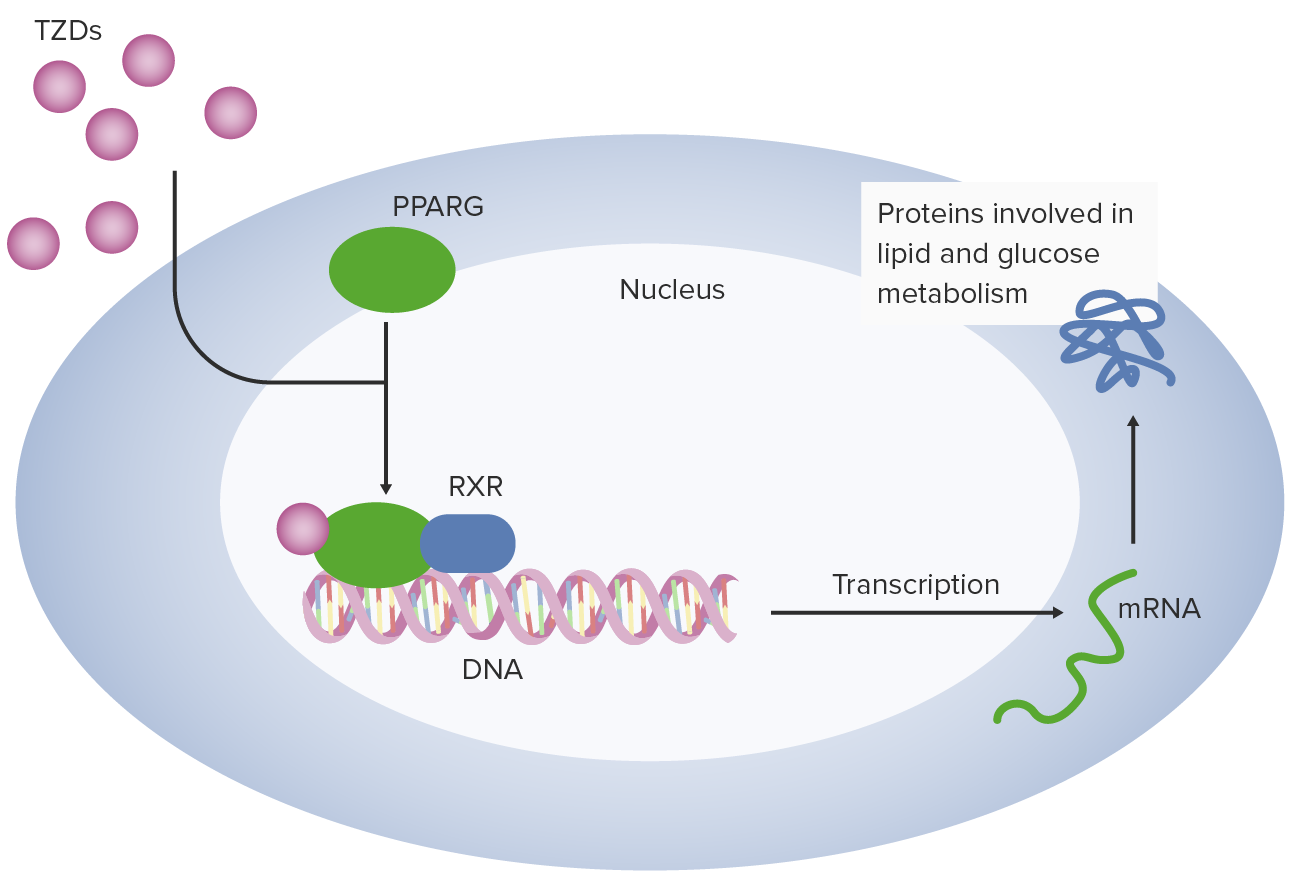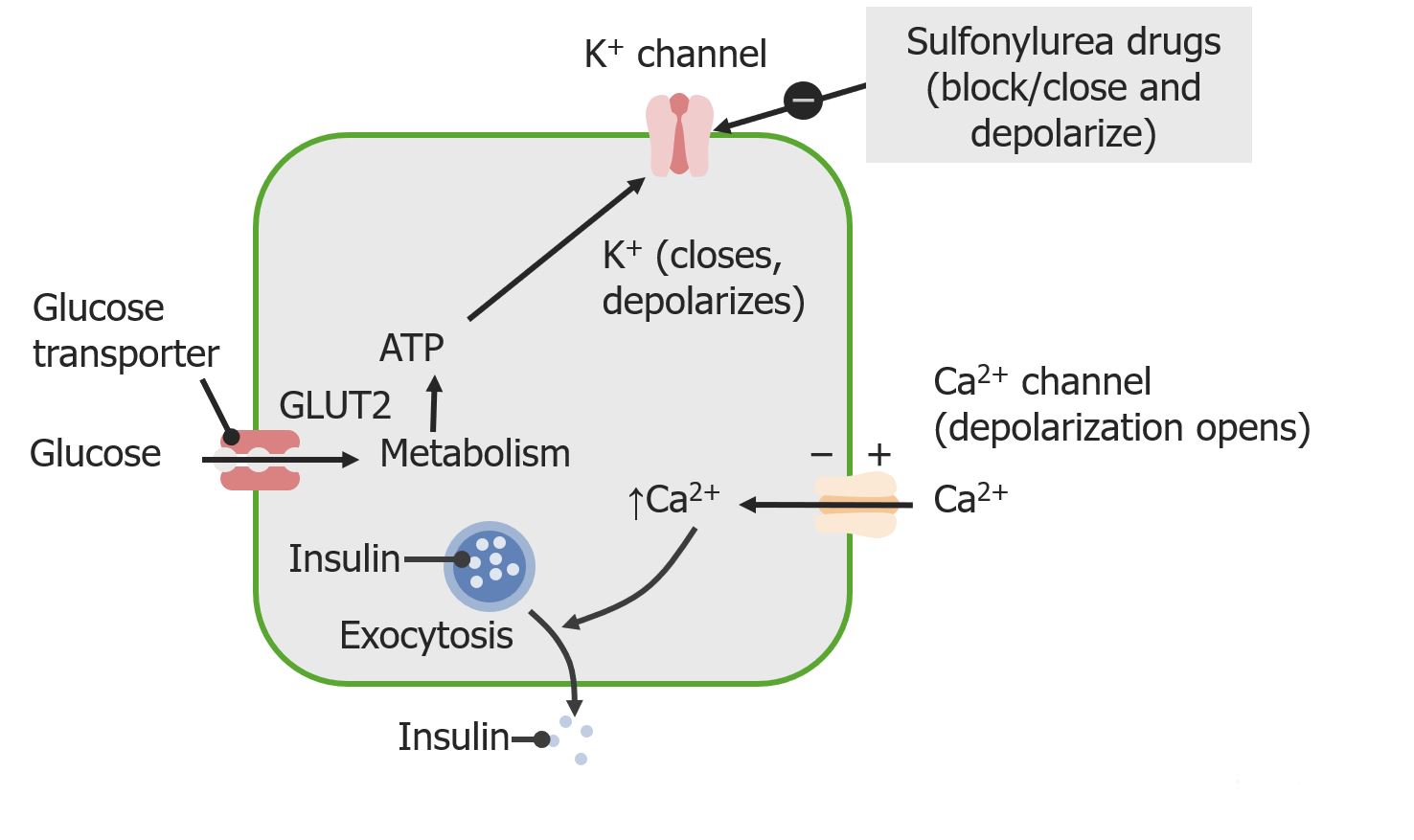Playlist
Show Playlist
Hide Playlist
Dawn Phenomenon
-
Slides HyperglycemiaDiabetesMellitus EndocrinePathology.pdf
-
Reference List Pathology.pdf
-
Download Lecture Overview
00:00 With dawn effect, the counter-regulatory hormones often peak around dawn. 00:05 We know that already, for example, cortisol; cortisol is highest. 00:09 Remember the diurnal pattern. 00:10 It will be highest in the morning… cortisol is. 00:14 Therefore, leading to high blood sugars, a little bit different from somogyi... somogyi is a-is a story, meaning to say that you had decreased blood glucose around two to three and so, therefore, the counter-regulatory hormones kicked in therefore resulting in high blood sugar in the morning. 00:32 With the dawn effect, you wake up, you have those high levels of counter-regulatory hormones such as cortisol resulting in high blood sugar, minimized by using long-acting insulin that provides steady levels such as glargine. 00:45 Remember glargine? Not only could it cover you for a day, maybe a little bit more or by insulin pump, different from somogyi. 00:53 If you’re confused between the two, what it basically means is that the dawn phenomenon is the fact that you’re trying to control how much counter-regulatory hormone is being released in the morning resulting in that spike of glucose perhaps and somogyi would mean that you need a bedtime snack so that you do not drop your glucose levels and become hypoglycemic in the middle of the night. 01:18 Other strategies for type I diabetes… insulin pump, continuous subcutaneous insulin infusion CSII. 01:28 Used buffered regular insulin and perhaps islet cell transplantation, if at all possible… a lot of research on that particular method.
About the Lecture
The lecture Dawn Phenomenon by Carlo Raj, MD is from the course Pancreatic Disease and Diabetes.
Included Quiz Questions
What is not a characteristic of the Somogyi effect?
- Increased insulin requirement during the night
- A drop in blood sugar during the night
- Increased release of cortisol
- May be managed by eating before bed
- Hyperglycemia upon waking in the morning
What counteracts diurnal hyperglycemia produced by counter-regulatory hormones?
- Insulin glargine
- Insulin aspart
- Insulin lispro
- Regular insulin
- Buffered regular insulin
Customer reviews
5,0 of 5 stars
| 5 Stars |
|
5 |
| 4 Stars |
|
0 |
| 3 Stars |
|
0 |
| 2 Stars |
|
0 |
| 1 Star |
|
0 |





